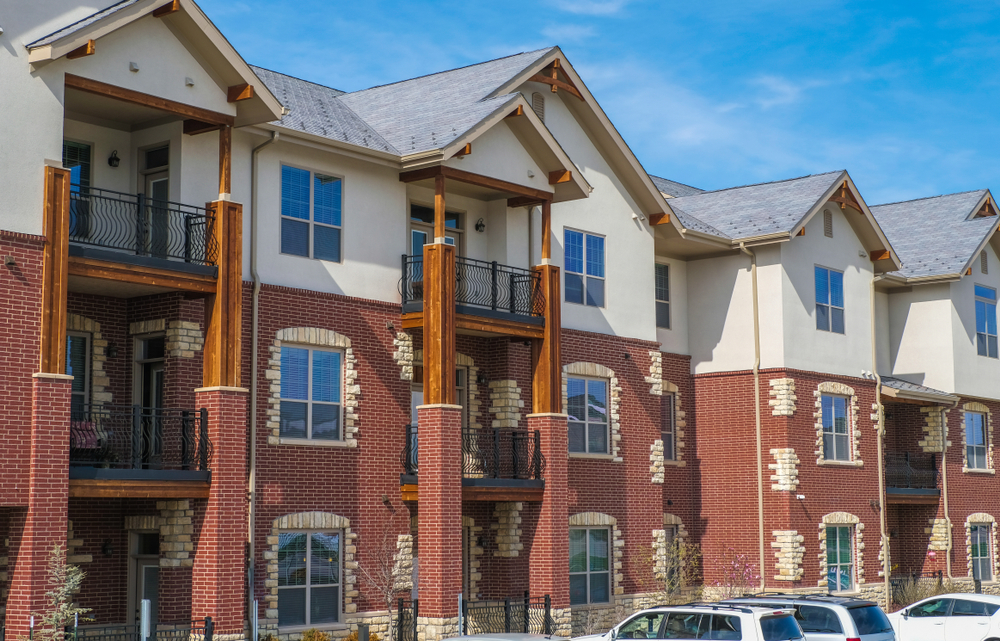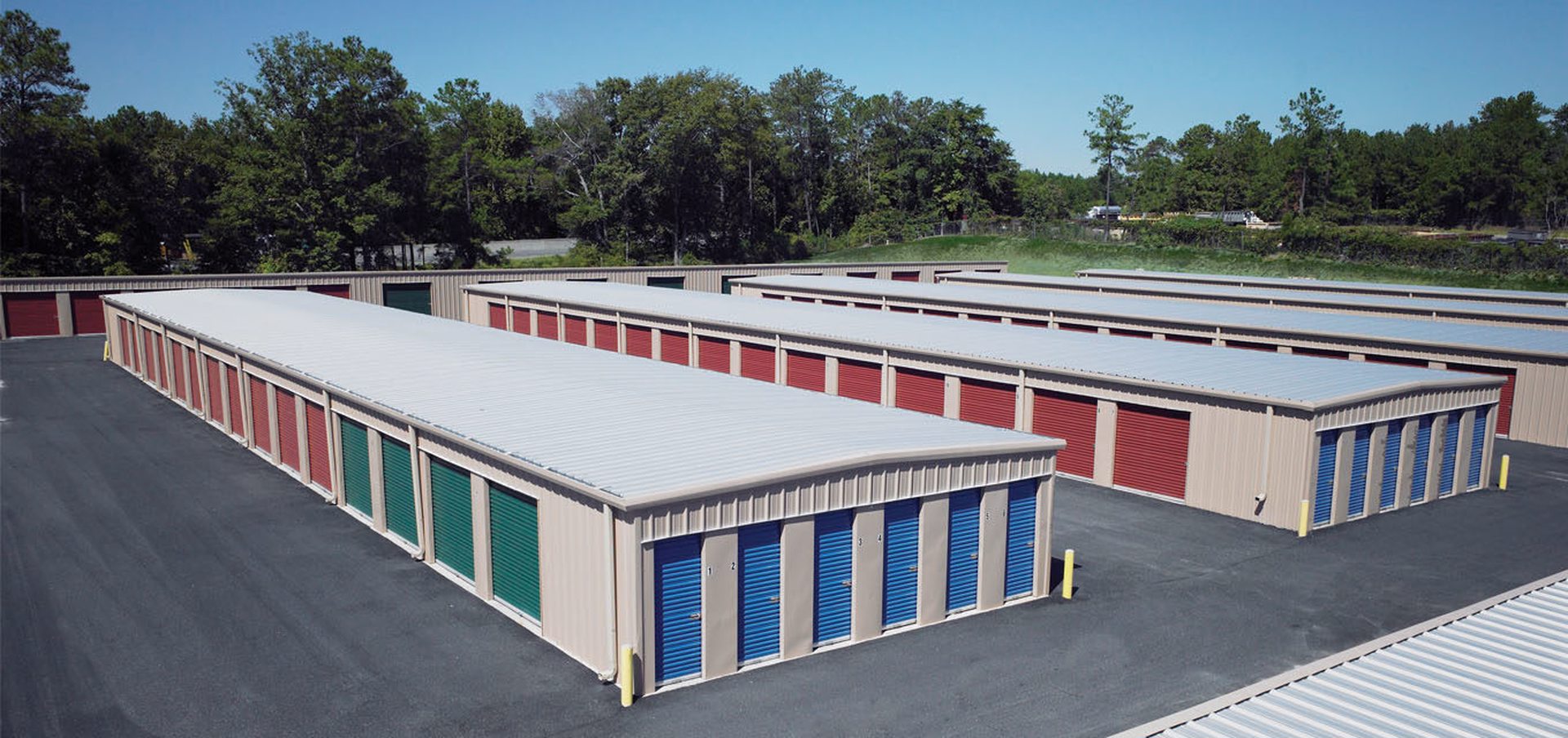Alliance Property Holdings targets commercial real estate investments that provide both annual returns along with additional profits from the determined exit strategy. Our philosophy on investing in real estate is that great generational wealth can be created through developing as well as acquiring and holding real estate property long term, allowing investors to benefit from increasing cash flows, appreciation, and the ability to exit at the proper time in the market cycle. Hold times vary but may be anywhere from 2 to 10+ years.
Choosing the “right” investment to acquire is a critical aspect of our strategy. We are diligent in our exploration and focus on opportunities in emerging markets, where jobs and local economies are expanding, and our investors can capitalize on growth and appreciating assets.



